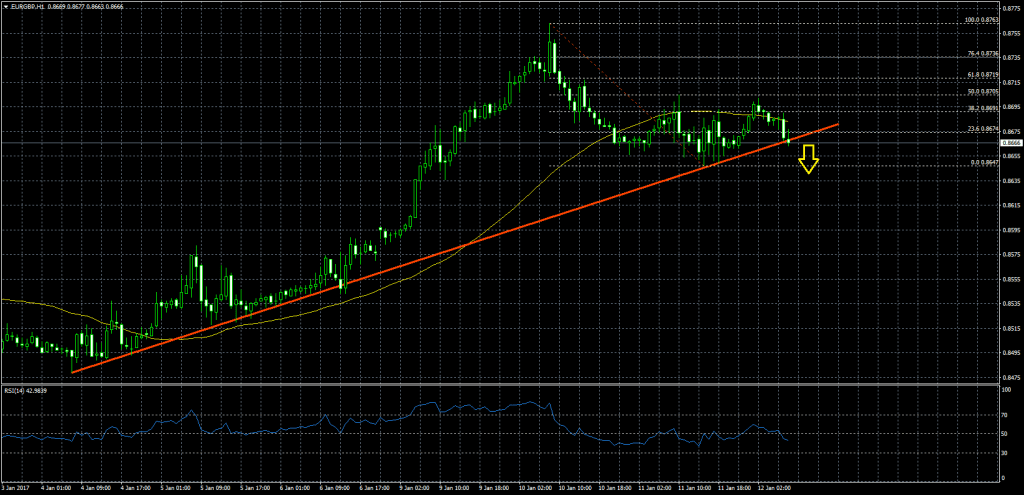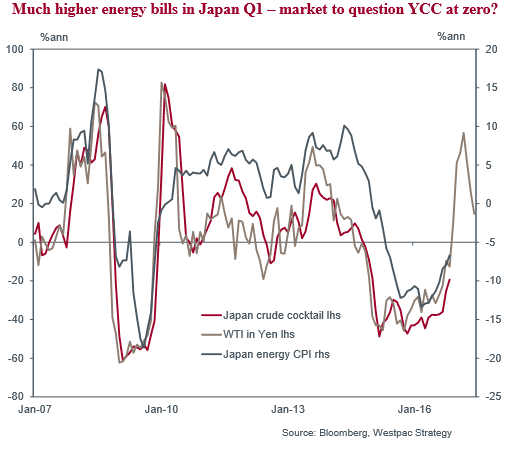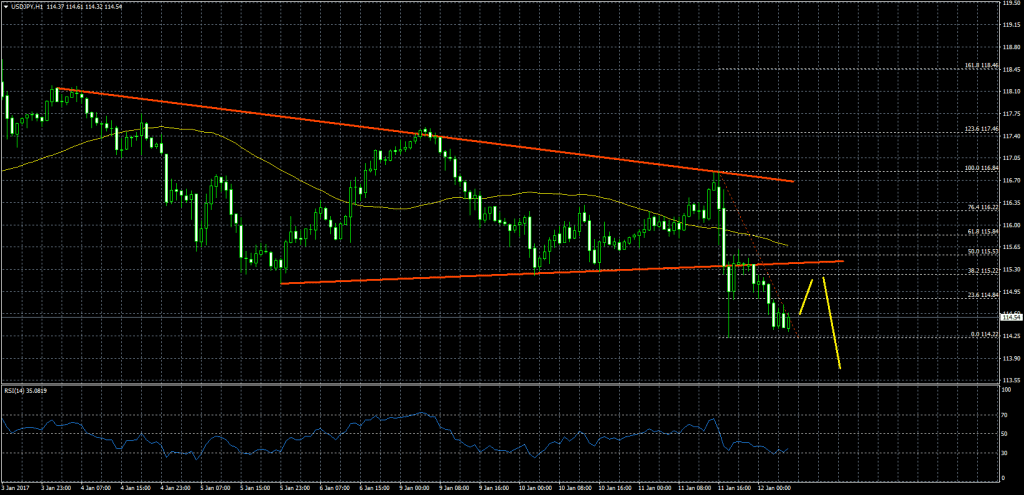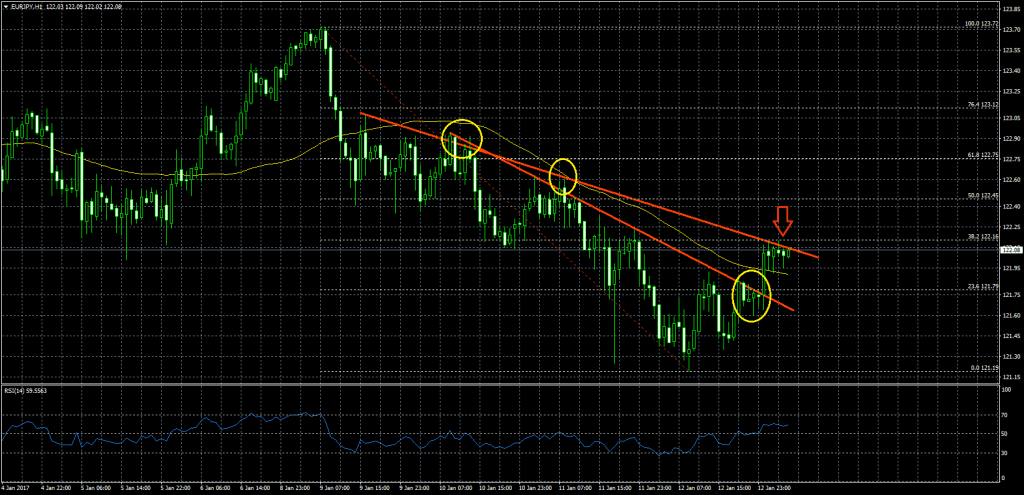Japan posted a current account surplus of 1.415 trillion yen in November, the Ministry of Finance said on Thursday – climbing 28.0 percent on year.
The headline figure was shy of expectations for a surplus of 1.460 trillion yen and down from 1.719 trillion yen in October.
The trade balance showed surplus of 313.4 billion yen – exceeding forecasts for 254.4 billion yen and down from 587.6 billion yen in the previous month.
Exports were down 0.8 percent on year to 5.890 trillion yen after slipping 9.4 percent to 5.747 trillion yen a month earlier.
Imports tumbled 10.7 percent to 5.577 trillion yen after skidding 15.9 percent to 5.160 trillion yen in October.
The capital account showed a deficit of 8.8 billion yen following the 79.8 billion yen shortfall in the previous month.
The financial account saw a surplus of 1.096 trillion yen, up from 744.6 billion yen a month earlier.
The adjusted current account surplus was 1.799 trillion yen, shy of forecasts for 1.870 trillion yen and down from 1.928 trillion yen in October.
Also on Thursday, the Bank of Japan said that overall bank lending in Japan was up 2.6 percent on year in December, coming in at 509.555 trillion yen.
That beat forecasts for an increase of 2.5 percent and was up from 2.4 percent in November.
Excluding trusts, bank lending was also up 2.6 percent to 443.274 trillion yen. That also exceeded expectations for 2.5 percent and was up from 2.4 percent in the previous month.
Lending from trusts gained an annual 2.3 percent to 66.280 trillion yen, while lending from foreign banks spiked 19.8 percent to 2.227 trillion yen.
For the third quarter of 2016, overall lending and lending minus trusts both were up 2.5 percent.
by RTT Staff Writer
For comments and feedback: editorial@rttnews.com
Economic News
What parts of the world are seeing the best (and worst) economic performances lately? Click here to check out our Econ Scorecard and find out! See up-to-the-moment rankings for the best and worst performers in GDP, unemployment rate, inflation and much more.






